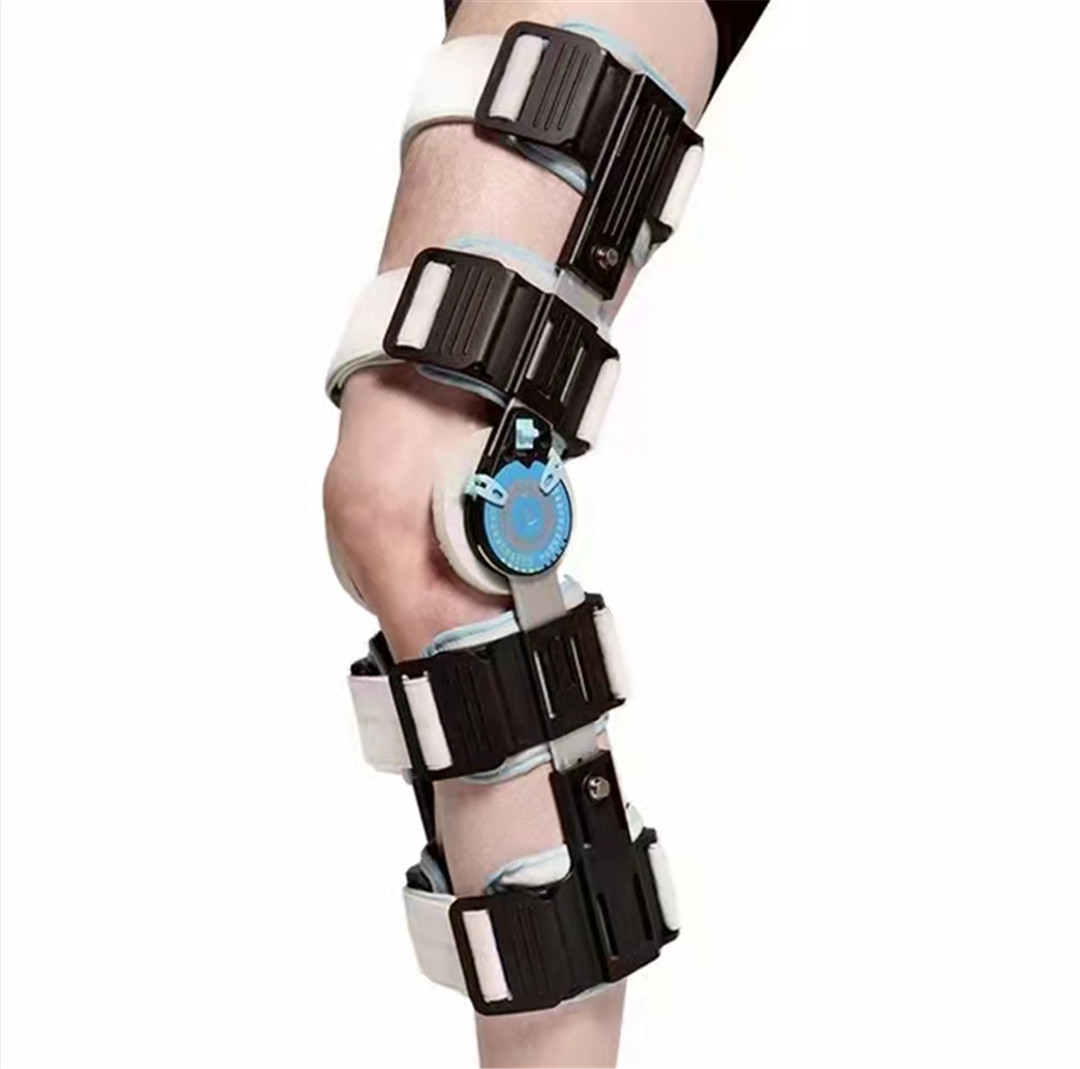Do knee braces actually help?
If worn consistently, a knee brace can offer some stability and increase your confidence in your knee. Some evidence suggests that knee braces can help reduce symptoms and improve function in people who have knee osteoarthritis.
How do I know if I need a knee brace?
In general, braces should be worn if you're having knee pain or you wish to prevent injuries during high contact sports where there is a higher likelihood of knee injury. Knee braces can also be used for rehabilitative purposes, for example, following an ACL injury.

What knee brace do doctors recommend?
Unloader braces: These braces work by shifting the load from the injured part of the knee to a more muscular area, which relieves pain. For this reason, unloaders are widely regarded as one of the best knee braces for arthritis.
Hinged Knee Brace for Swollen ACL, Tendon, Ligament and Meniscus Injuries
How to choose the right knee brace?
When choosing a knee brace, look for levels of protection ranging from 1 to 3+. A Level 1 Brace offers the least amount of support, but is the most flexible, such as a knee sleeve. It's best for pain relief and mild to moderate support when remaining fully active.
Level 2 Braces offer more protection than Level 1, they aren't as flexible, but still allow for a range of movement. Wraparound braces and knee straps are good examples. You'll receive mild to moderate knee support for pain relief associated with ligament instabilities and tendonitis.
A Level 3 Brace, such as a hinged knee brace, offers you the most support but limited movement. This type of brace is also generally heavier. It's best for recovering from surgery, when knee movement should be limited to prevent re-injuring yourself. To take it a step further, there is always the option of a 3+ Level for Maximum Protection.
Post time: May-17-2022







